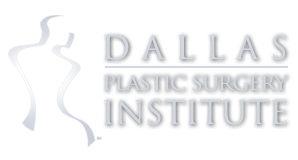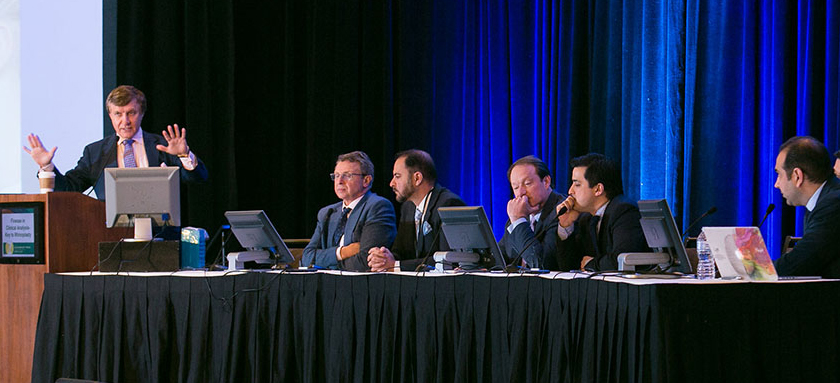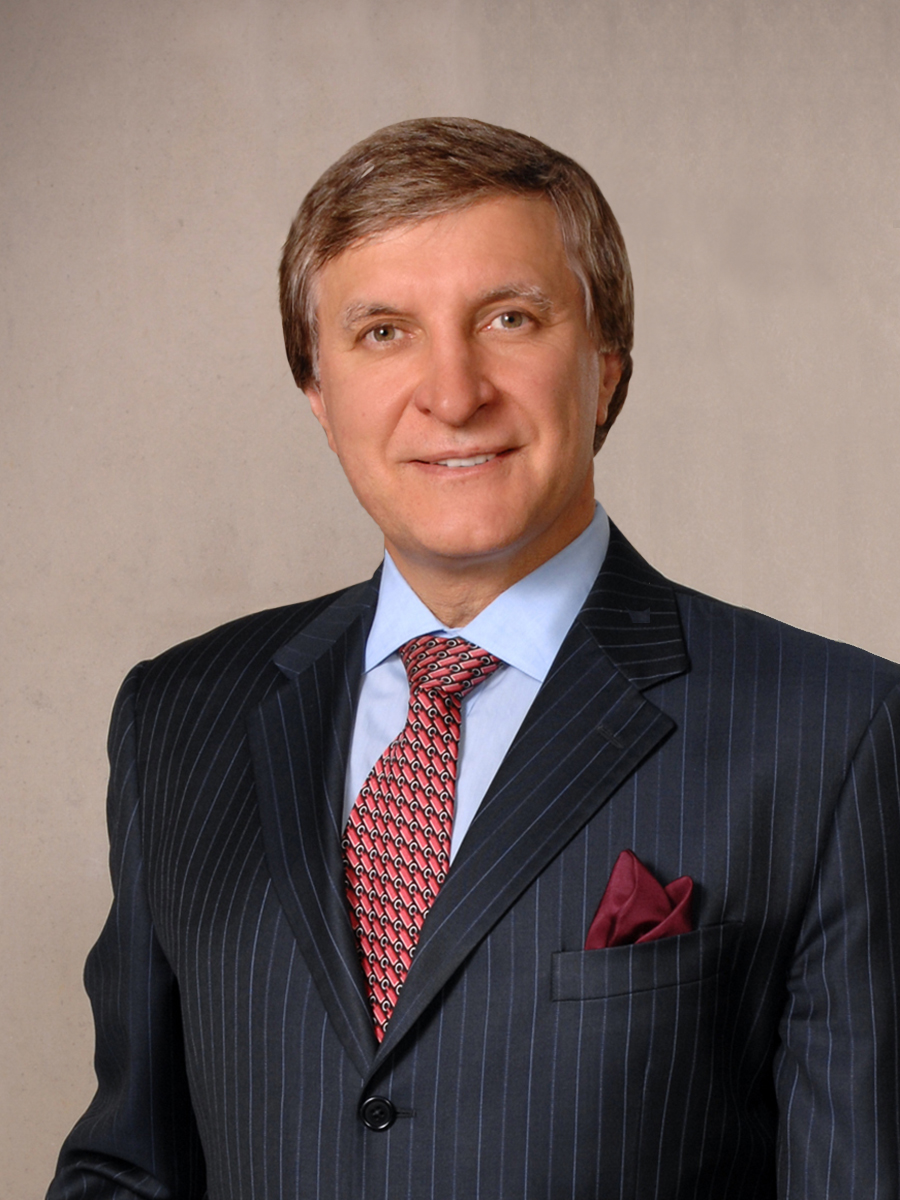Male breast reduction, also know as gynecomastia, is quite common but rarely talked about. Gynecomastia is the overdevelopment of the male breasts, a condition which affects an estimated 40 to 60 percent of men. Gynecomastia surgery removes fat and/or glandular tissue from the breasts, and in extreme cases removes excess skin, resulting in a chest that is flatter, firmer, and better contoured. Dr. Rohrich has pioneered new, less-invasive techniques for gynecomastia surgery using ultrasound technology. Using his technique, patients have better surgery results with smaller incisions.
The information provided will give you a basic understanding of the procedure but it can’t answer all of your questions, since a lot depends on your individual circumstances. Please be sure to ask Dr. Rohrich if there is anything about the procedure you do not understand. For more information, please view the “Frequently Asked Questions”.
Am I a good candidate for the surgery?
Surgery to correct gynecomastia can be performed on healthy, emotionally stable men of any age. The best candidates for surgery have firm, elastic skin that will reshape to the body’s new contours. The most common cause of gynecomastia is idiopathic which means the cause is unknown. Surgery may be discouraged for obese men or for overweight men who have not first attempted to correct the problem with exercise or weight loss. Also, individuals who drink alcoholic beverages in excess or smoke marijuana are usually not considered good candidates for surgery. These drugs, along with anabolic steroids, may cause gynecomastia. Therefore, patients are first directed to stop the use of these drugs to see if the breast fullness will diminish before surgery is considered an option.
What should I expect from my consultation?
During the consultation, Dr. Rohrich will examine your breasts and check for causes of the gynecomastia, such as impaired liver function, use of estrogen-containing medications, or anabolic steroids. If a medical problem is the suspected cause, you’ll be referred to an appropriate specialist. Dr. Rohrich may, in certain cases, recommend a mammogram or chest x-ray. This will not only rule out the very small possibility of breast cancer, but will reveal the breast’s composition.
After your consultation a photographer will take photographs for your medical record and you will meet with Dr. Rohrich’s patient coordinator to discuss the surgery fees and scheduling dates. You may also schedule an additional consultation to view computer imaging so that you can visualize the results of the surgical technique that Dr. Rohrich has specifically designed for you.
You should come to the consultation prepared to discuss your medical history. This will include information about any medical conditions, drug allergies, medical treatments you have received including previous surgeries and medications that you currently take. It is important for you to provide complete information.
How is the surgery performed?
If excess glandular tissue is the primary cause of the breast enlargement, the tissue will be removed. In a typical procedure, an incision is made in an inconspicuous location – either on the edge of the areola or in the breast fold. Working through a small incision, Dr. Rohrich removes the excess glandular tissue and fat from around the areola and/or bottom of the breast using ultrasound-assisted liposuction.
If your gynecomastia consists of primarily excessive fatty tissue, Dr. Rohrich will most likely use ultrasound-assisted liposuction in specific areas to remove the excess fat. This procedure is done by creating a small incision, less than half an inch in length in the breast fold. A slim hollow tube called a cannula that is attached to a vacuum pump is then inserted into the incision. Using strong, deliberate strokes, Dr. Rohrich moves the ultrasound cannula through the layers beneath the skin which melts the fat. He then suctions it out using a traditional liposuction cannula.









